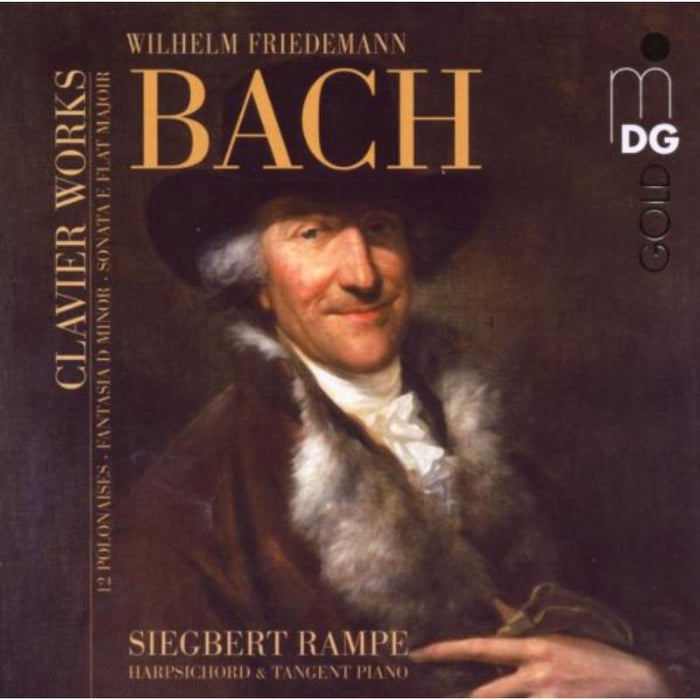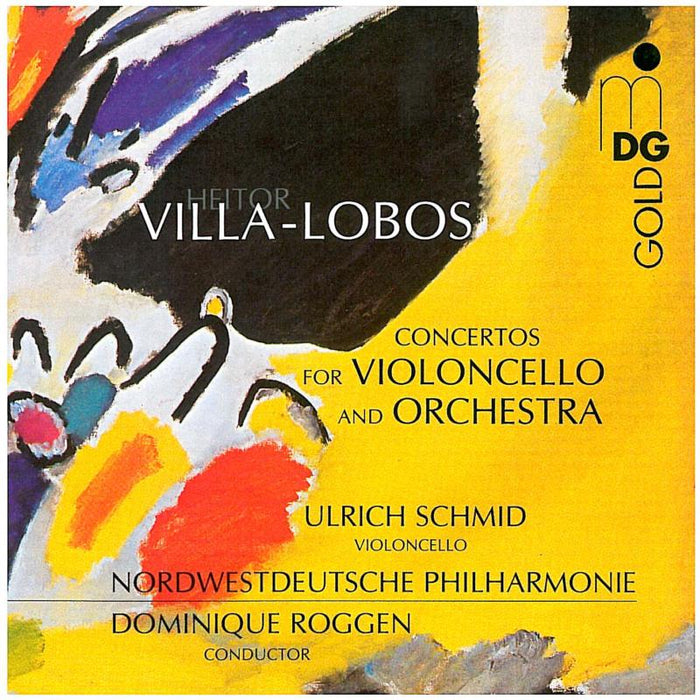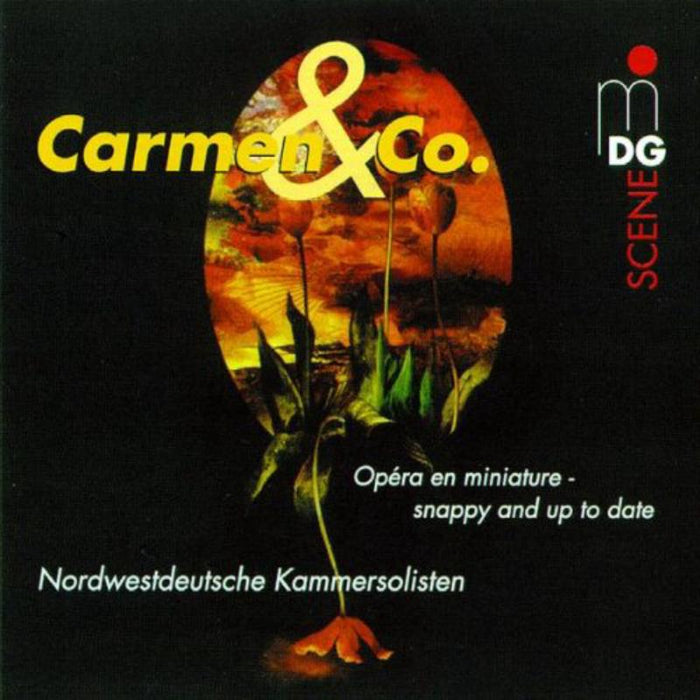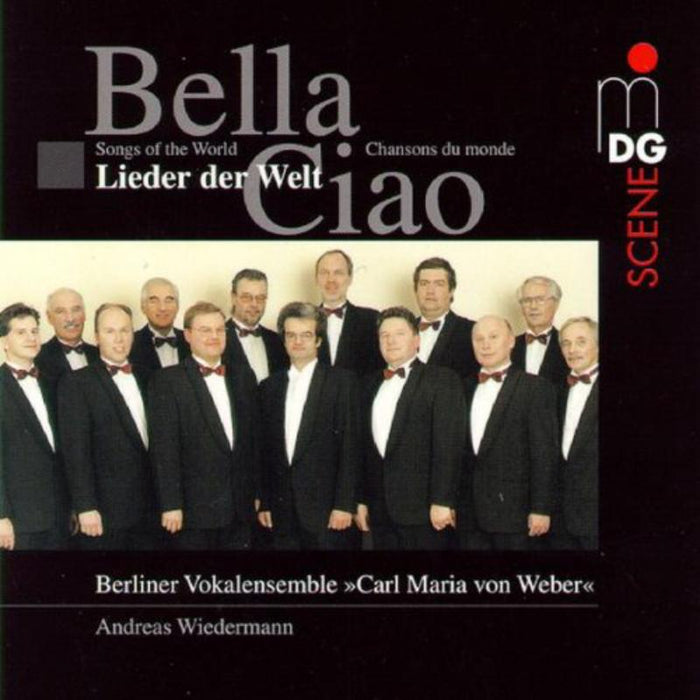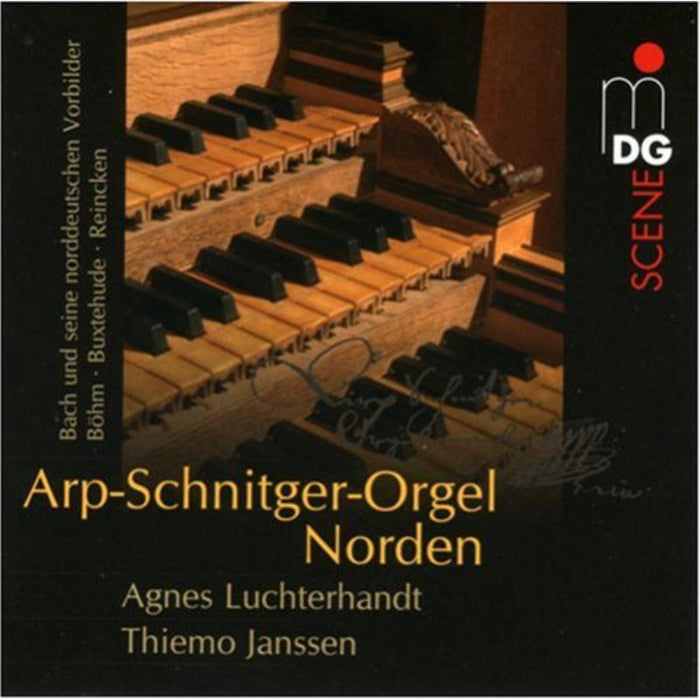Description
Ewald Straesser (1867 – 1933) composed some wonderful chamber music and in this premiere recording on surround SACD, MDG explores his music written for wind ensembles.
Straesser was highly respected during his lifetime, and the list of his interpreters reads like a "Who's Who" of music: Furtwangler, Abendroth,
Mengelberg, Nikisch and Pfitzner conducted his works, and the pianists Elly Ney and Max van der Sandt repeatedly included him in their programmes.
Today, Straesser's music has completely disappeared from the repertoire in the succession to Brahms; the new recording of three chamber music works by the Rhinelander-born composer by the Berolina Ensemble, which is eager to make discoveries, is all the more commendable.
With a traditional foundation and excellent technical skills, Straesser is often seen by contemporaries as a successor to Brahms. However, he was ahead of Brahms in his ability to write wide-ranging melodic arcs, which can be heard particularly beautifully in the Clarinet Sonata written in 1932
shortly before his death. Together with the Clarinet Quintet of 1915, these three works span an entire composer's life, which shows an interesting development, especially from a harmonic point of view.
Without ever getting into atonality or twelve-tone technique, Straesser finds his own way into a modern tonal language, chromaticism increases, surprising dissonances sometimes remain unresolved.
The Berolina Ensemble traces all this with audible enthusiasm and adds another highlight to its now considerable discography on MDG.


